Senior Air Force officials have insisted that the creation of a force of airmen with diverse backgrounds and experiences is crucial to adapting to the threats of the future.
That’s why Air Education and Training Command, headquartered at Joint Base San Antonio-Randolph, Texas, has moved forward with plans to increase diversity and inclusion. Over the past two years, AETC has implemented a number of programs and policy changes intended to draw women and underrepresented minorities into Air Force jobs, including rated (flight) career fields.
“We still have work to do to remove barriers that prevent every Airman from reaching his or her full potential, especially Airmen from racial or ethnic groups underrepresented in our Air Force or senior leader levels, but we are making progress in many ways,” said Lt. Gen. Brad Webb, commander of Air Education and Training Command, in a news release. “We are also working on a number of initiatives that remove barriers that enable us to cultivate a high-performing and innovative Air Force reflective of the best of our nation.”
RELATED
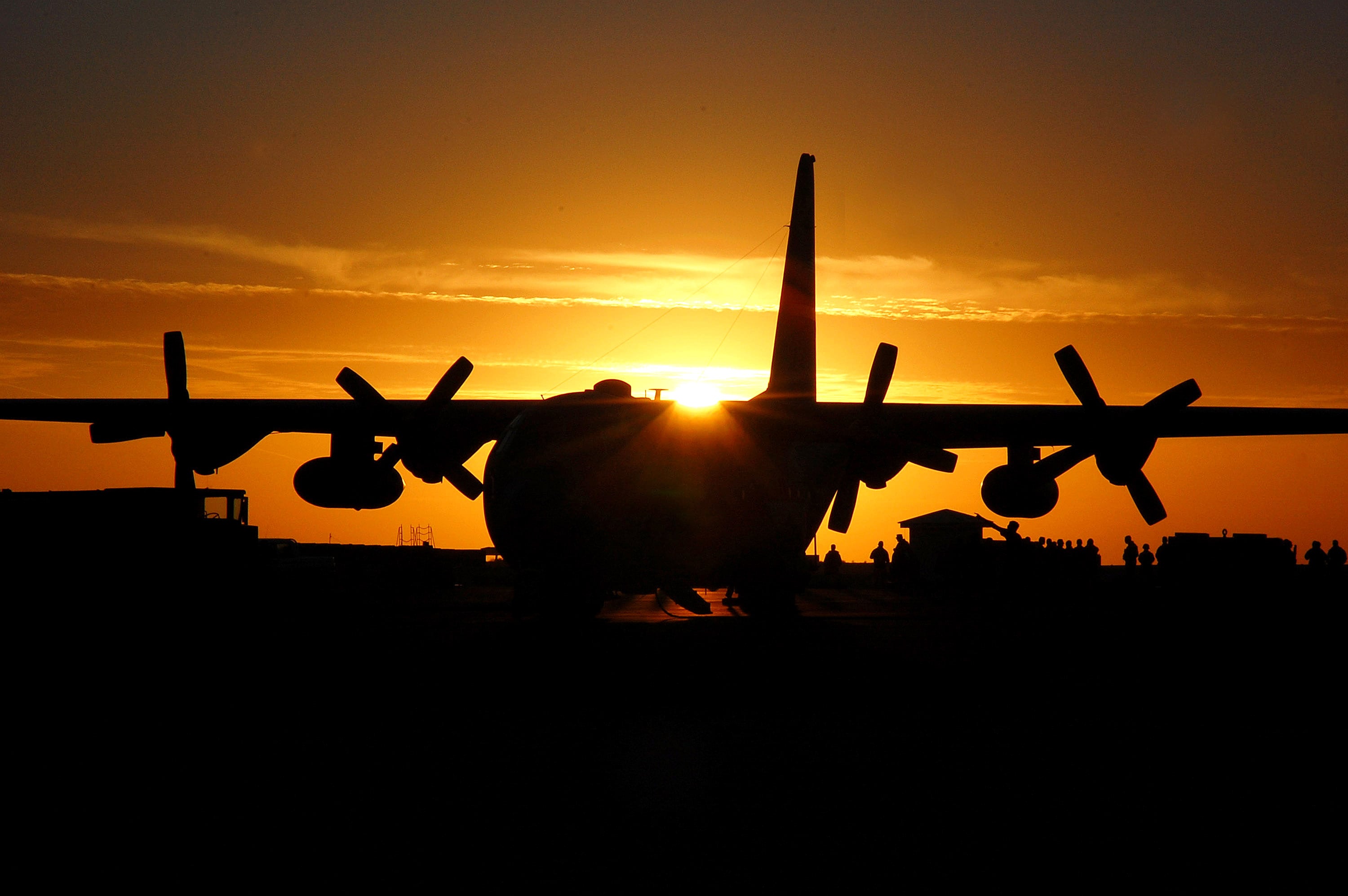
In addition, the same news release documented diversity and inclusion programs from across the active-duty Air Force, Air National Guard and Air Reserve targeting youths, young adults and influencers.
AFRS Detachment 1
The Air Force Recruiting Service, which is part of AETC, activated Detachment 1 in October 2018 to develop recruitment programs to get young people into the accession pipeline for the Air Force Academy, Air Force Reserve Officer Training Corps and Officer Training School.
RELATED
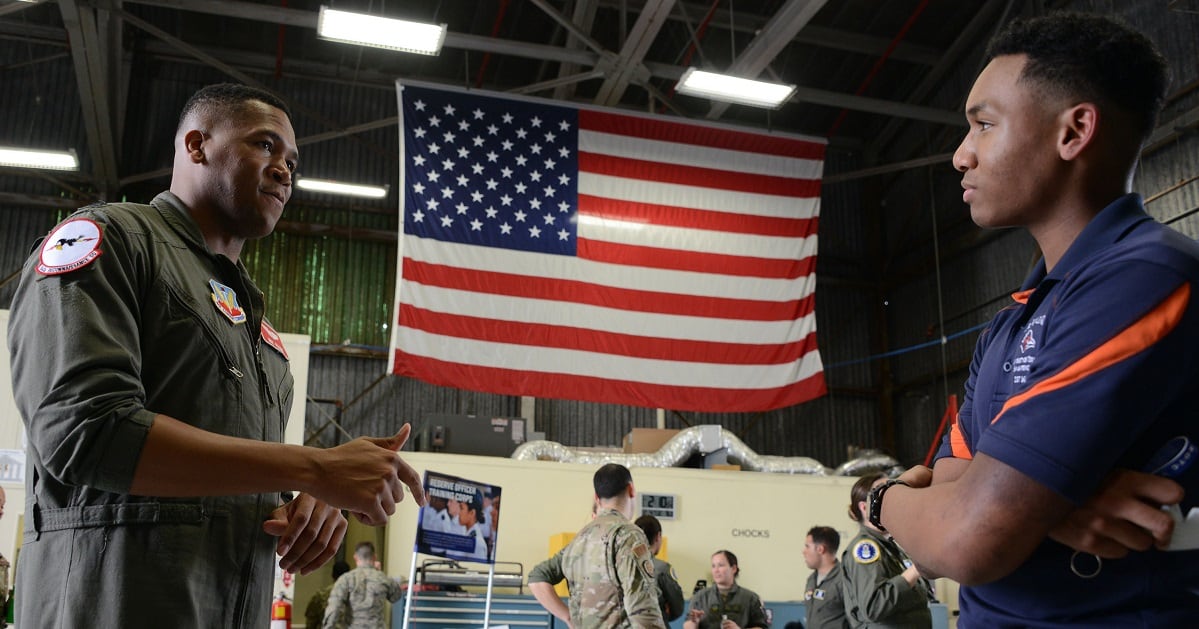
“The initial challenges were never ending and everything you could imagine with standing up a new organization that no one really understood,” said Lt. Col. Kenyatta Ruffin, the detachment’s first commander, in a news release. “To begin, I had 1 million dollars and one other assigned officer, and we were supposed to change the world. There are a ton of things we accomplished in less than a year — it was a true whirlwind.”
Ruffin estimates the detachment completed about 60 engagement events in its first year, reaching tens of thousands of people.
By the end of its second year, the detachment boasted a total of 165 events before an audience of more than 355,000 attendees. To pursue the goal of increased diversity in the force, the detachment has partnered with organizations like the Latino Pilot Association, the Organization of Black Aerospace Professionals, Women in Aviation International and the Ninety-Nines.
“Our AFRS Det. 1 is all about creating that excitement and understanding of what we do,” said Maj. Gen. Ed Thomas, AFRS commander. “It’s a very attractive lifestyle. But, if we don’t tell people about it, if we don’t show them, if we don’t let them taste it, then we potentially lose very high quality, often diverse, recruits.”
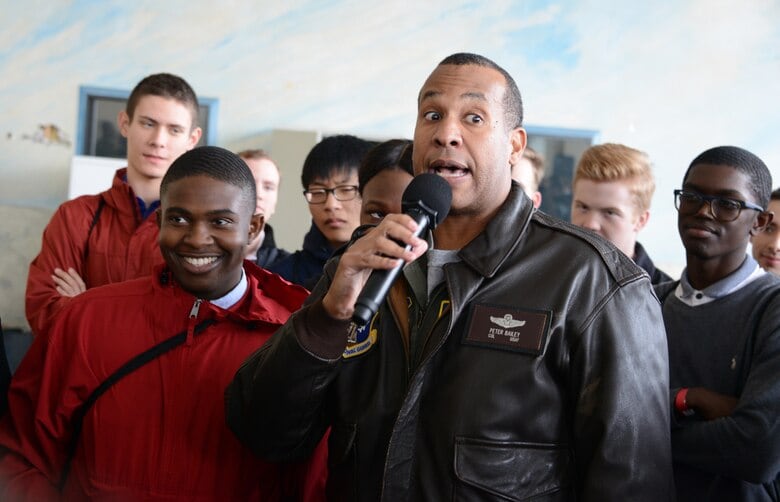
“Our intent is for every youth to have an opportunity to connect with someone they caen identify with. That may be based on race or gender. It could also be where they grew up or simply finding someone who’s accomplished their dream,” Thomas said.f success in the Department of the Air Force.
“Our intent is for every youth to have an opportunity to connect with someone they can identify with,” Thomas said. “That may be based on race or gender. It could also be where they grew up or simply finding someone who’s accomplished their dream.”
The detachment is also building a program of Aviation Inspiration Mentors. This diverse group of flight officers leads summer camps like the Aim High Flight Academy, which trains youth participants to fly solo. AIM team members also put on the Pathways to Wings series, which provides information on the many paths leading to rated careers in the Air Force.
“The AIM team is one of the greatest assets of Det. 1,” said Lt. Col. Annie Driscoll, commander of the detachment. “It’s an amazing group of motivated individuals that care about giving back to the community and love to share their Air Force journey with others. While the mentorship is invaluable to the youth who receive it, the true reward is with that of the mentor. To help someone succeed to fulfill their dream is worth every minute spent doing it.”
Det. 1 plans to expand the AIM team this year to have members in every flying unit across the Air Force, Driscoll said.
AFJROTC and ROTC
AETC also partners with youth programs like the Civil Air Patrol and Junior ROTC. The most diverse program in the Air Force, according to the news release, Air Force JROTC consists of more than 100,000 high school students, approximately 57 percent minority populations and 43 percent women. Almost half of the more than 875 programs are also located in socio-economically challenged areas.
Initiatives like the AFJROTC Flight Academy Scholarship Program, which pays for applicants to receive more than $20,000 in flight training, room and board, and coursework, or the J-100 Character-in-Leadership Scholarships, which offer 100 JROTC cadets the opportunity to commission into the Air Force or Space Force through AFROTC, help to carry the diversity of JROTC over into the Air Force as a whole, as well as the civilian flight industry.
More than 1,340 people applied for Flight Academy scholarships this year, and 314 were selected. About 51 percent of applicants came from underrepresented groups, and more than 46 percent of graduates from 2018 and 2019 are currently in Air Force accessions programs.

Once in an AFROTC program, cadets are also afforded a number of opportunities for training. Detachment commanders from four regions selected 700 cadets to receive $3,500 “You Can Fly” scholarships this academic year. The funding, which comes from a $2.4 million contract, will enable cadets to enroll in FAA private pilot certificate ground schools.
Recently commissioned lieutenants are also eligible to serve as Gold Bar Diversity recruiters. Forty such recruiters are attached to ROTC programs in key metropolitan areas identified by DoD recruitment research, or near minority-serving institutions.
According to Brig. Gen. Leslie Maher, commander of Air University’s Holm Center, recruiters have increased their focus on drawing students from historically Black colleges and universities and institutions serving Hispanic populations.
RELATED
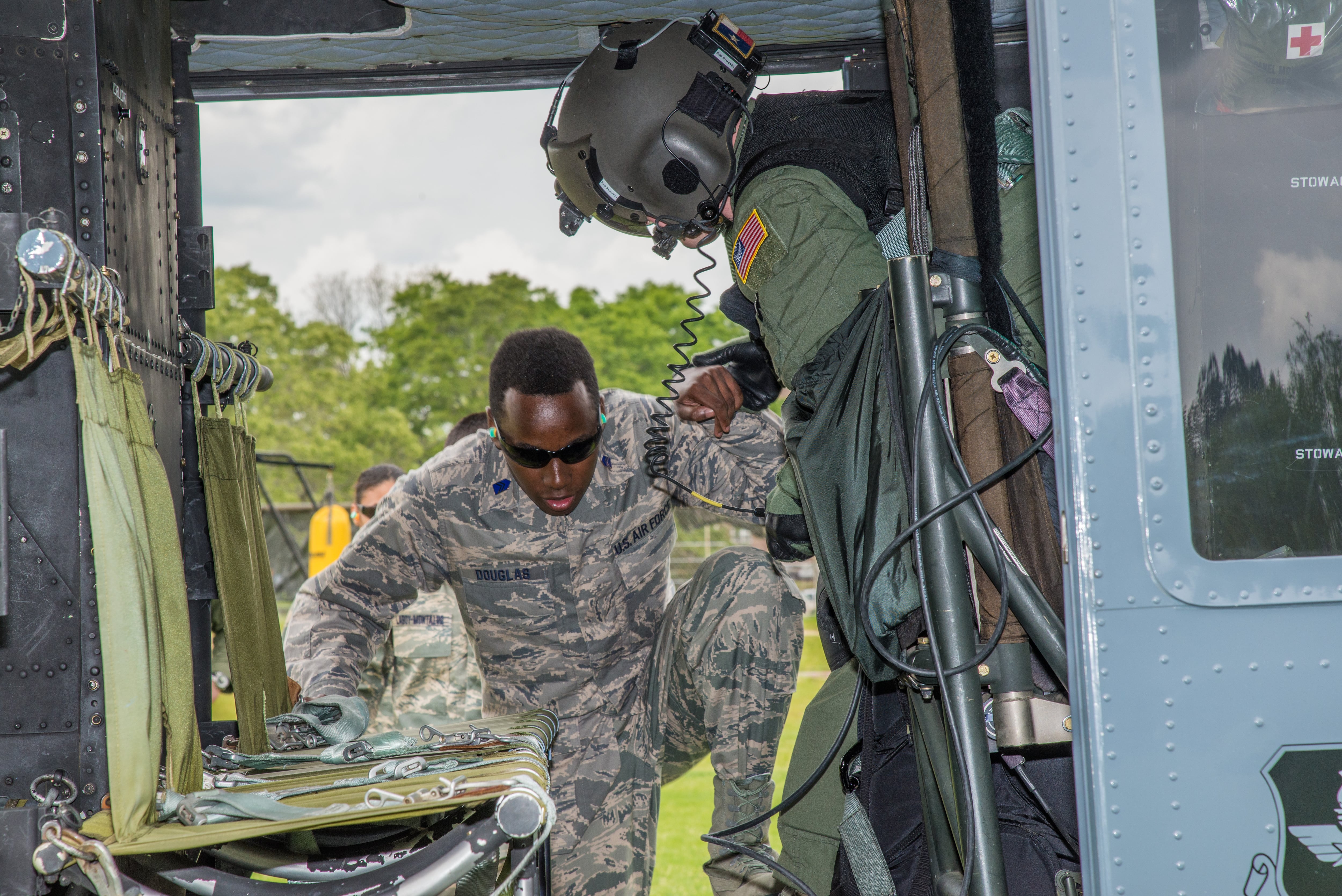
“The ‘Gold Bars’ ability to relate to and quickly establish rapport by sharing their own recent experiences with potential applicants is the bedrock for diversity and inclusion among tomorrow’s Air and Space Force leaders,” said Maher.
Twenty-seven first-year lieutenants and USAFA graduates are also based at AFRS recruiting squadrons across the country, according to the news release.
Removing barriers to flight careers
Air Force officials are currently in the process of revising the Air Force Officer Qualifying Test and the Test of Basic Aviation skills to remove any barriers that could negatively affect the performance of members of underrepresented groups when they are evaluated during the pilot candidate selection process.
One of the barriers present was the existence of a height requirement. Although height waivers were regularly granted under the old policy, it still discouraged applications from candidates under 5-foot-4 or over 6-foot-5.
Approximately 44 percent of women in the U.S. between the ages of 20 and 29 fall outside this requirement.
RELATED
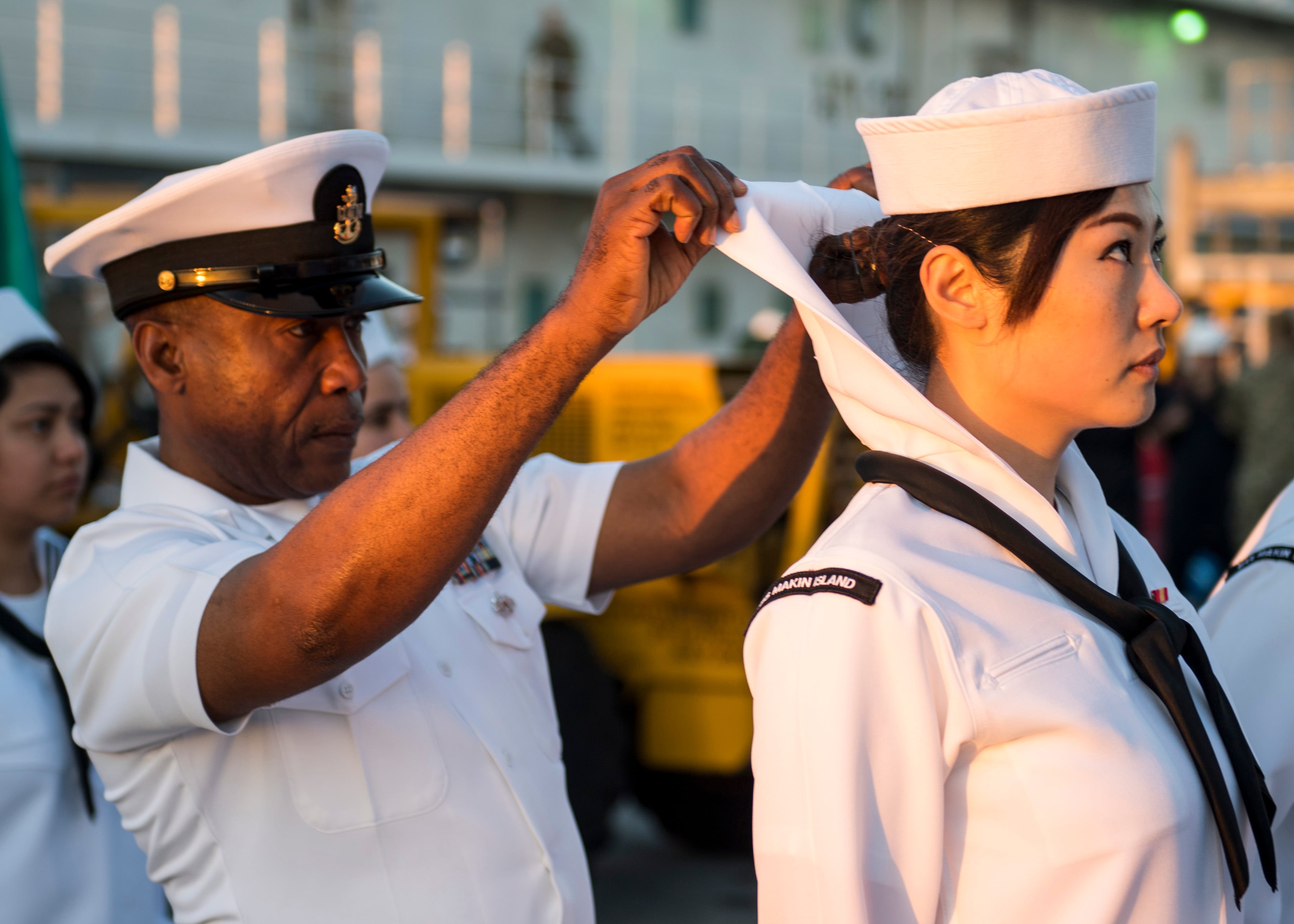
In partnership with the AETC and 19th Air Force, the Department of Air Force Barrier Analysis Working Group replaced the height standard with an anthropometric screening to qualify individual applicants.
“This is a huge win, especially for women and minorities of smaller stature who previously may have assumed they weren’t qualified to join our team,” Gwendolyn DeFilippi, chairwoman of the working group, said at the time.
The all-volunteer BAWG, chartered in 2008, is the Air Force’s primary mechanism for analyzing factors inhibiting equal opportunities. Its five teams work on issues of disability, career enhancement, Hispanic employment, senior leader advancement and women’s opportunities.
19th Air Force
Tasked with training more than 30,000 U.S. and allied students in flight operations and related fields each year, the 19th Air Force has undertaken initiatives of its own to eliminate structural bias in pilot training.
“We recognize it is a challenge when some Airmen can’t see themselves in positions of leadership,” said Webb. “If you can’t see yourself, or someone that looks like you, in a leadership position, it’s hard to strive for those positions, and that limits our diversity and effectiveness as leaders.”
The 19th Air Force has begun to manage class and instructor assignments more closely to increase the support that is available to students and provide more relatable role models and mentors.
Two new courses, PA 102 and 103, are also being added to the undergraduate pilot curriculum, promising professional development in the area of diversity and inclusion. In these classes, Webb said, students “will gain experience leading diverse groups of airmen.”
A review of all undergraduate pilot training course syllabi was recently completed, and a review of courseware is expected to be completed by July. These reviews are targeting outdated wordings and images that may be considered offensive or insensitive to a diverse racial and ethnic community, the press release said.
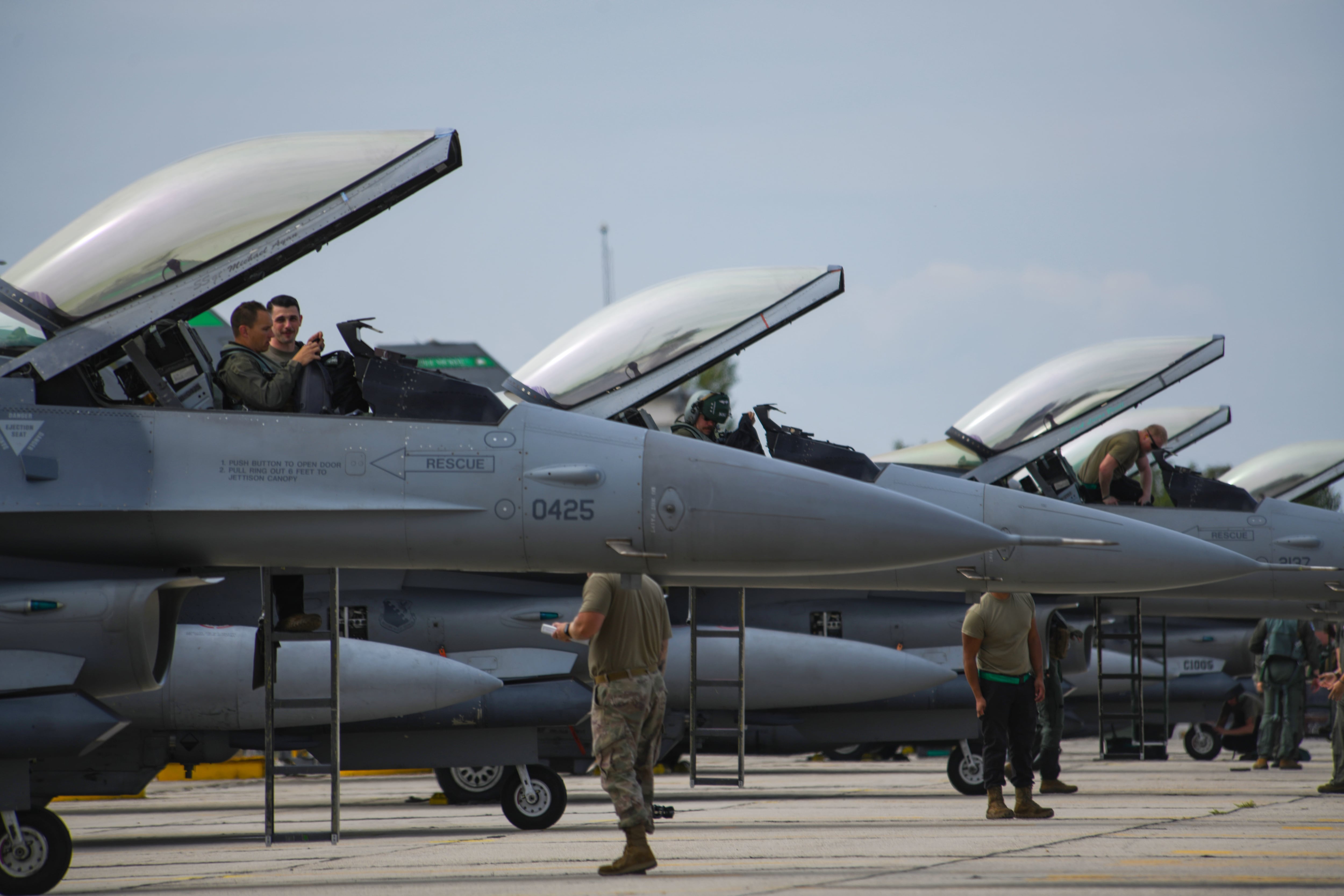
In addition to reviewing courses, pilot candidates in the 19th Air Force will soon have the opportunity to submit feedback forms on the culture of the training environment. Officials also created student advocate positions at undergraduate pilot training wings at Vance Air Force Base, Oklahoma, and JBSA-Randolph. AETC officials hope to one day see these positions at every undergraduate pilot training installation.
Military justice system
A new database created by AETC will track the demographic information of those who issue disciplinary action as well as those who receive it in an attempt to identify trends and develop better leaders.
“The goal is to ensure all Airmen and Guardians are treated fairly, and this database provides commanders insight to facilitate positive practices, such as increased mentoring and professional development,” said Webb.
The database is currently in beta testing at one installation, but AETC hopes to see it implemented across the Air Force if successful.
According to Air Force demographics listings, the service is 71 percent white and only 21.1 percent female. Whether these new initiatives will change demographics remains to be seen.
“At the end of the day, recruiting must be about getting the best athletes on the team,” Thomas said. “Fighting and winning wars is our job, and we need to be the best warfighters in order to do that. But not all parts of the nation can see themselves wearing our jersey, and they’re not showing up for tryouts. Recruiting for diversity is really about attracting the very best to join our team.”
Harm Venhuizen is an editorial intern at Military Times. He is studying political science and philosophy at Calvin University, where he's also in the Army ROTC program.





